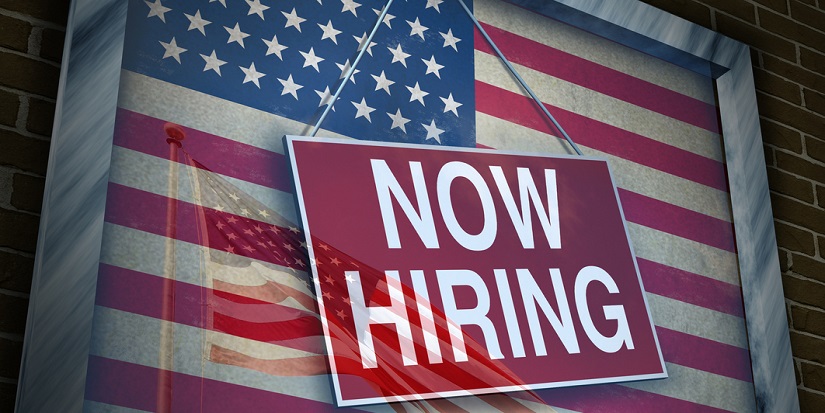Wishful thinking is a powerful force. We all want to believe good things are coming.
But here’s the rub: Your brain’s happy thoughts are separate from real-world events. A positive attitude, while good, won’t necessarily solve your problem.
We see this in employers struggling with the labor shortage. They kept finding reasons it was just temporary.
Initially they said the extra COVID unemployment benefits were keeping people at home. Then the benefits ended, and workers were still scarce.
Next it was going to be a recession that would force all the lazy bums back to work. That didn’t happen either (at least not yet).
While the labor market is indeed losing some momentum, employers are still listing far more open positions than we have warm bodies available.
All this is happening for specific, long-term reasons. Some folks keep thinking those reasons will change. They won’t.
Lost Balance
Economics is all about supply and demand. That includes human workers. People offer supply, employers create demand. When the lines cross you have equilibrium.
But employers create jobs only when customers demand their goods and services. The customers are themselves workers as well. It’s a big circle; people earn money from their jobs, use it to buy stuff, and thus create jobs for others.
That system works well when the number of people working is similar to the number who are consuming. In the last century or so, two things changed the balance.
First, modern sanitation and healthcare extended average lifespans. US life expectancy was about 65 at the end of World War II. By 2019 it was up to 79. COVID and related problems dropped it back to 77.
But more years of life didn’t mean more productivity. We added a new life stage called “retirement.” Instead of working as long as they could and then dying soon after, people would stop working and continue consuming, often for decades.
Retirement isn’t bad. People who work hard and save their money deserve to enjoy those final years. But the goods and services that sustain their non-working lives don’t just magically appear. Someone has to produce them. Who?
That’s the second change: fewer children. In 1957 the average fertility rate in the US was 3.61 children per woman. Twenty years later it was down to 1.7 and has stayed in that range ever since.
As with retirement, this isn’t intrinsically bad. It’s wonderful that women had new options. Many chose to enter the workforce and helped the economy grow. But reducing the number of children (a choice in which men participated, we should note) had long-term consequences.
Shrinking Ratio
After compounding for decades, those choices now mean the number of elderly people is rising while the number of working-age people is flattening.
In the population graph below, the green line is working-age (15‒64) Americans, the red line is elderly (65+), and the orange is children under 15. The future projections assume the UN’s “medium fertility” scenario.
You can see how the ratio of working-age Americans to 65+ Americans dropped over time, from 6.6 in 1960 to 4.0 in 2020, and will shrink further. (Click here to see a larger chart and view the data by year.)
These aren’t just numbers. They define economies and societies. A country with five or six working people to support each retiree is different from a country with three or four. And children still need care, too.
No More Workers
Back to the labor shortage. The reason it’s happening and will continue is simple: The non-productive population is growing faster than the working-age population.
In the aggregate, this means the average worker has to produce more output to meet the demand created by non-working retirees and children.
Notice, too, it’s not about whether the retirees have money. If you’re sitting in a restaurant with a wallet full of cash but there are no cooks or waiters, guess what? You still aren’t getting served.
What might change this? The quickest fix would be to increase immigration, but that’s politically problematic. And, since these trends are global, it would simply shift the problem around instead of solving it.
There are other possibilities. More people could choose to keep working past normal retirement age. Artificial intelligence and other technologies might enhance the productivity of younger workers. Those would help.
But as it stands now, population trends are raising demand faster than productive capacity can grow. This will change slowly if at all. It’s more likely to get worse.
That’s why the employers who assume the labor shortage will end are wrong. The idle workers whom they think will be clamoring for jobs don’t actually exist, and no more are coming.
It’s also why workers are increasingly seeking—and winning—higher wages and better conditions. Math is on their side. It will only become more so.
See you at the top,





